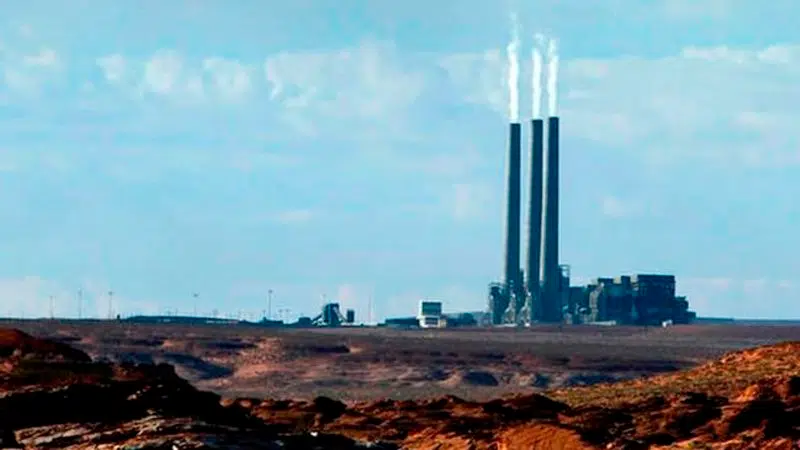
Navajo Nation company ends bid to buy power plant, mine
ALBUQUERQUE, N.M. — One of the largest coal-fired power plants in the West will close this year as planned after a Navajo Nation company ended its long-shot bid Friday to acquire it.
The Navajo Generating Station has operated for decades in northeastern Arizona near the Utah border, providing a hefty chunk of revenue to the Navajo Nation. Both the Navajo and the neighbouring Hopi Tribe benefit from the Kayenta Mine, which feeds the 2,250-megawatt power plant, transporting the coal on a rail line.
Navajo leaders asked the Navajo Transitional Energy Company last year to look into acquiring the power plant and the coal mine as a way to save the revenue and hundreds of jobs held by tribal members. Negotiations with the power plant owners came to a halt recently over who ultimately would be responsible for cleanup.


